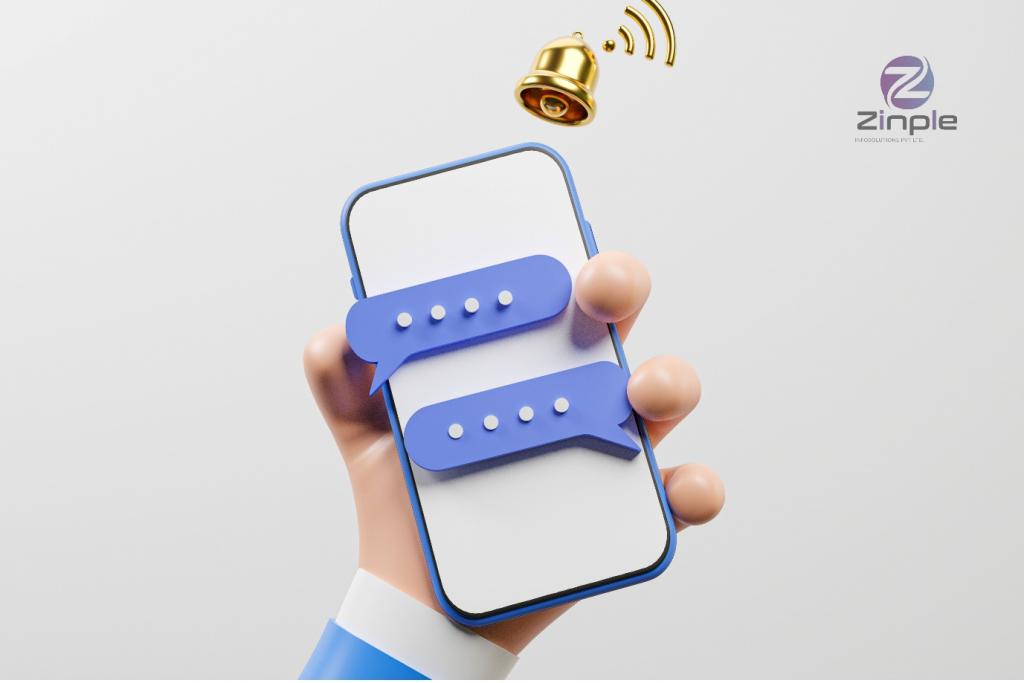Imagine having a tireless team member at your disposal, ready to deliver exceptional customer support day and night. Picture your sales processes becoming smoother and more efficient than ever before. Envision marketing content that practically writes itself, engaging your audience like never before. This isn’t a dream; it’s the reality of integrating ChatGPT into your business.
In this blog we will see how you can integrate ChatGPT to your business website or app.
Incorporating ChatGPT into Your Business: Diverse Integration Methods

Integrating ChatGPT into your business is a straightforward yet powerful process. You can embed it seamlessly into your website or app, enabling instant customer interactions. But how do you do that?
Well, there are many different ways you can do it, here are some
- API Integration: Integrating ChatGPT via an API allows you to directly communicate with the AI model, making it a powerful and flexible option. This is easy and simple to setup making it a good option if you have limited resources.
- Plugin or Extension: Some service providers may offer ready-made plugins or browser extensions that you can easily install and configure on your website or application. These plugins typically provide a user-friendly way to integrate ChatGPT. This is far easier than API setup but offers less customization compared to it.
- Custom Code Integration: If you have specific requirements or want more control over the integration, you can write custom code to interact with ChatGPT. This approach involves using programming languages like Python or JavaScript to make HTTP requests to the API and handle responses.
- Third-Party Platforms: Some platforms and chatbot building tools provide integrations with ChatGPT. You can use these platforms to create chatbots or virtual assistants that incorporate ChatGPT’s capabilities without the need for extensive coding.
- Messaging Apps: You can integrate ChatGPT into messaging apps like Facebook Messenger, WhatsApp, or Slack by creating custom chatbots that leverage the API. This allows you to engage with customers or employees directly within these platforms.
- Voice Assistants: For voice interactions, you can integrate ChatGPT into voice assistant applications or devices, allowing users to have natural language conversations with the AI model via voice commands.
- Chatbot Frameworks: There are chatbot development frameworks and platforms that provide ChatGPT integration as a feature. These platforms offer a visual interface for building and deploying chatbots with ChatGPT capabilities.

While plugins and API integration is the easier and most straightforward choice, custom integration of ChatGPT offers greater flexibility and control, allowing you to tailor the AI’s behavior precisely to your specific needs. It’s ideal for complex use cases, scalability, security, advanced features, adaptability, unique user experiences, and long-term success. While it requires more development effort, it ensures your application can evolve with your business requirements. Pre-built plugins are convenient but may lack the customization and flexibility that custom integration provides, so the choice depends on your project’s priorities and resources.
Want to also know how you can improve your customer relationship using ChatGPT, then click on this link.



